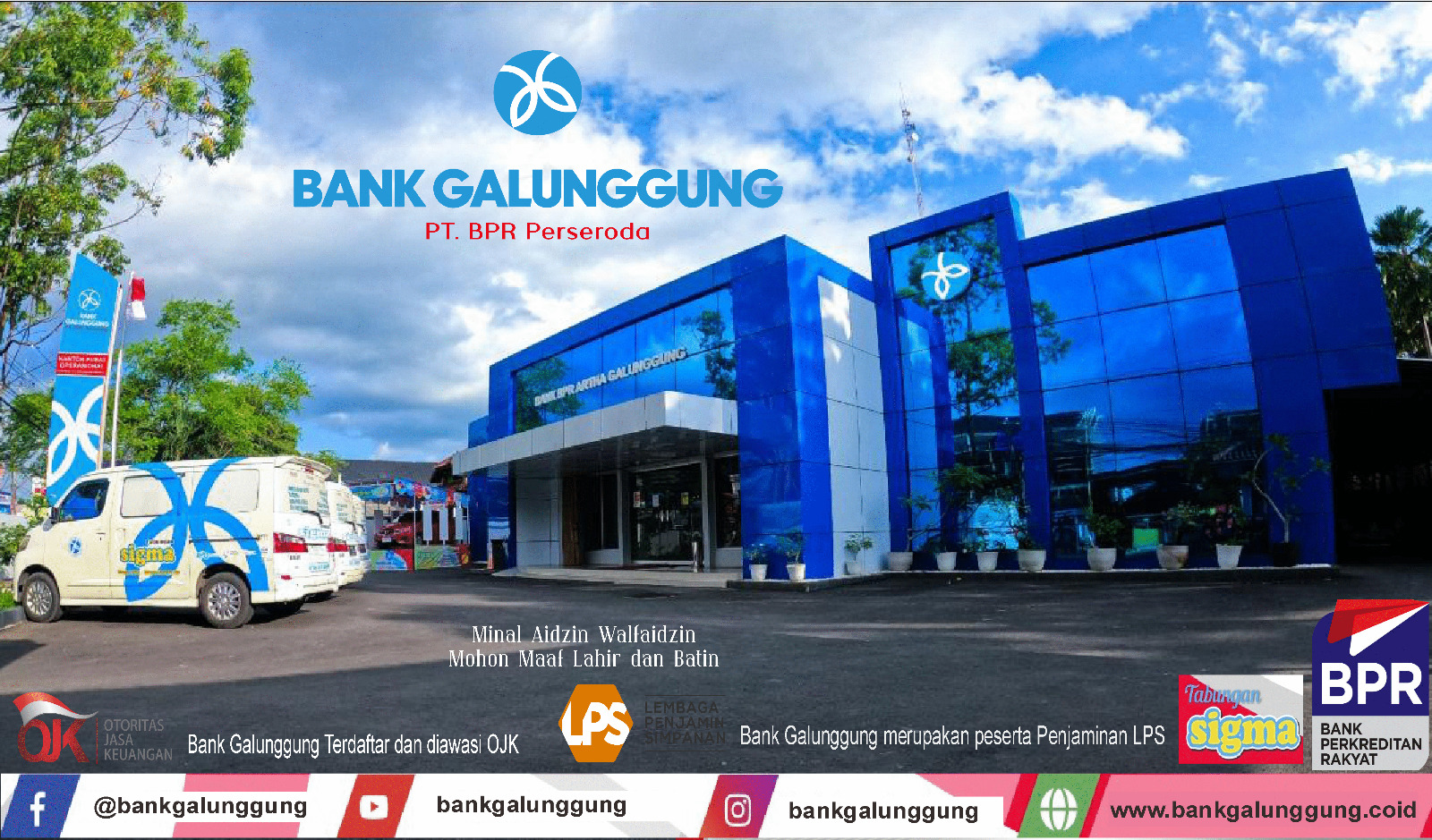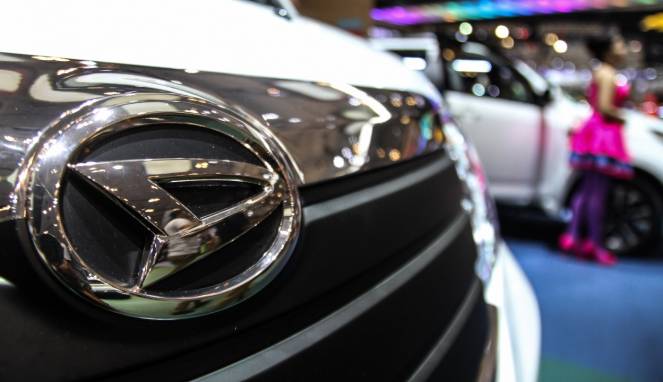Although they cannot be converted into cash, they are payments already made. Prepaid expenses might include payments to insurance companies or contractors. Current assets include cash, cash equivalents, accounts receivable, stock inventory, marketable securities, pre-paid liabilities, and other liquid assets. A current asset—sometimes called a liquid asset—is a short-term asset that a company expects to use up, convert into cash, or sell within one fiscal year or operating cycle. Non-current assets, on the other hand, are long-term assets that cannot be readily converted into cash within one year. Cash and cash equivalents are the most liquid, followed by short-term investments, etc.
- A balance sheet is a financial statement that shows a business‘ assets and how they’re financed, through debt or equity.
- After current assets, the balance sheet lists long-term assets, which include fixed tangible and intangible assets.
- Prepaid expenses are first recorded as current assets on the balance sheet.
- However, the part of the loan that is expected to be corrected for more than one year should class as non-current assets.
Accounts receivables are any amount of money customers owe for purchases of goods or services made on credit. These outstanding customer balances are expected to be received within one year. The value of these items are summed up and listed on the balance sheet under the inventory category. They are arranged from the most liquid, which is the easiest to convert into cash, into the least liquid, which takes the most time to turn into cash.
Quick Ratio
It ensures that it has sufficient liquidity to meet its operational needs. This investment is sufficient enough to meet its business requirements within a desired period of time. Current assets indicate a company’s ability to pay its short-term obligations.
Yes, calculating current assets is as easy as doing a little addition. Before you can dive into how to find current assets, you need to learn what current assets are. Thus, unless deemed to be impaired, the long-term asset’s recorded value remains unchanged on the balance sheet even if the current market value is different from the initial purchase value. Now that we know what current assets are, let’s explore some of the different types in more detail.
Current assets are more short-term assets that can be converted into cash within one year from the balance sheet date. For example, if Company B has $800,000 in quick assets and current liabilities of $600,000, its quick ratio would be 1.33. Similar to the example shown above, if the cash ratio is 1 or more, the company can easily meet its current liabilities at any time.
You should also use Current Assets to calculate various ratios that can yield insights into the operating performance. Here are some formulas that will help you when dealing with Short-Term Assets. The Assets section orders the most liquid line items first and the lease liquid item last.
This section is important for investors because it shows the company’s short-term liquidity. According to Apple’s balance sheet, it had $135 million in the Current Assets account it could convert to cash within one year. This short-term liquidity is vital—if Apple were to experience issues paying its short-term obligations, it could liquidate these assets to help cover these debts. Current Assets is always the first account listed in a company’s balance sheet under the Assets section. It is comprised of sub-accounts that make up the Current Assets account.
Let’s go over what exactly current assets are and examples of this important business accounting term. Current assets are short-term assets, which are held for less than a year, whereas fixed assets are typically long-term assets, held for more than a year. The balance sheet, one of the core three financial statements, is a periodic snapshot of a company’s financial position. Noncurrent assets are depreciated in order to spread the cost of the asset over the time that it is used; its useful life. Noncurrent assets are not depreciated in order to represent a new value or a replacement value but simply to allocate the cost of the asset over a period of time.
Marketable securities include assets such as stocks, Treasuries, commercial paper, exchange traded funds (ETFs), and other money market instruments. The entity can prepare a prepaid expenses schedule to ensure that some prepaid expenses are recorded eventually for certain kinds of prepaid expenses. The recording of petty cash moves from cash in the bank or on hand to petty cash and then transfers to expenses at the time of settlement. It gets reversed at a time when the expense is deducted for tax purposes. The examples of prepaid expenses include prepaid rent, prepaid insurance etc. Thus, one of the key cash management strategies entails that idle cash should not be locked up into unproductive accounts.
What’s the difference between current and non-current assets?
Cash advance occurs when staff needs some cash to spend for some kind of mission or event or some time to purchase sometimes. Cash on hand is also classified in the current assets section of the entity’s balance sheet. Quick ratio is a more cautious approach towards understanding the short-term solvency of a company. It includes only the quick assets which are the more liquid assets of the company. Though, the operating cycle of a business usually represents one year.
What Are Current Assets? – Meaning And Example
This type of liquidity-related analysis can involve the use of several ratios, include the cash ratio, current ratio, and quick ratio. Stucky says a company’s current assets can offer a lens into how much liquidity the company will have to fund its everyday operations and meet near-term financial obligations. These short-term assets could include the money a company will use to pay employees or buy supplies, along with the inventory it’s currently selling to customers. Noncurrent assets are items that a company does not expect to convert to cash in one year. Examples of noncurrent assets include long-term investments, property, plant, and equipment. The asset section may be broken into current and noncurrent assets.
“Both current assets and current liabilities are found every quarter on a company’s balance sheet statement,” says Stucky. Any short-term investment that is expected to be sold or converted into cash within 12 months from reporting dates should be classed as incremental cost and cost current assets. In financial statements, these groups of current assets are recorded in the balance sheet and show the value at the end of the reporting date. The following is the list of current assets that normally occur or report in financial statements.
What are Examples of Current Assets on the Balance Sheet?
Examples of noncurrent assets include long-term investments, land, intellectual property and other intangibles, and property, plant, and equipment (PP&E). Some examples of current assets include cash, cash equivalents, short-term investments, accounts receivable, inventory, supplies, and prepaid expenses. The key components of current assets are cash and cash equivalents, marketable securities, accounts receivable, inventory, prepaid expenses, and other liquid assets. Assets that fall under current assets on a balance sheet are cash, cash equivalents, inventory, accounts receivable, marketable securities, prepaid expenses, and other liquid assets. The cash ratio is the most conservative as it considers only cash and cash equivalents.
If current assets are those which can be converted to cash within one year, non-current assets are those which cannot be converted within one year. On a balance sheet, you might find some of the same asset accounts under Current Assets and Non-Current Assets. These resources are often referred to as liquid assets because they are so easily converted into cash in a short period of time. Contrast that with a piece of equipment that is much more difficult to sell.
In short, capital investments for fixed assets mean a company plans to use the assets for several years. Companies own a variety of assets that are used for different purposes. These assets also have different time frames in which they are held by a company. Companies categorize the assets they own and two of the main asset categories are current assets and fixed assets; both are listed on the balance sheet. Total current asset is the aggregate of all cash, prepaid expenses, receivables, and inventory on the company’s balance sheet.
Current assets are the cash and assets a company has for near-term operations
Current assets are important components of a company’s balance sheet and financial statements. Current assets are items that a company expects to convert to cash in one year. Examples of current assets include cash, accounts receivable, inventory, and short-term investments. Examples of current assets include cash, marketable securities, cash equivalents, accounts receivable, and inventory.
Ratios Concerning Current Assets
You simply add up all of the cash and other assets that you can convert into cash in a year. This includes things like paying employees or buying raw materials. Now that we know the different types of current assets, let’s look at the current assets formula.




